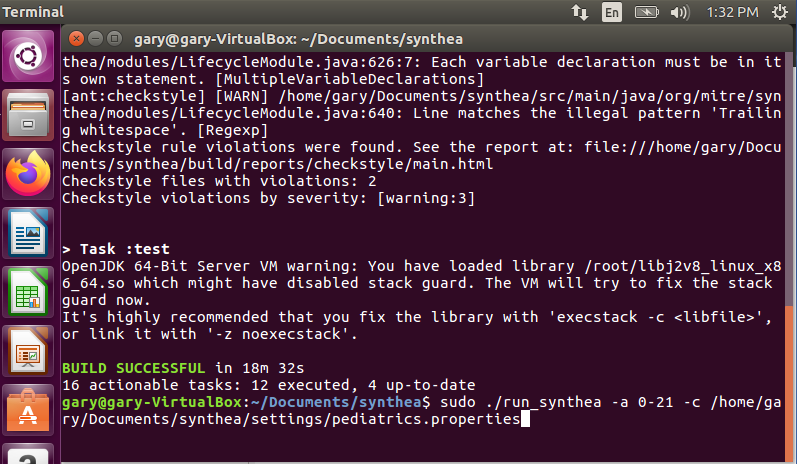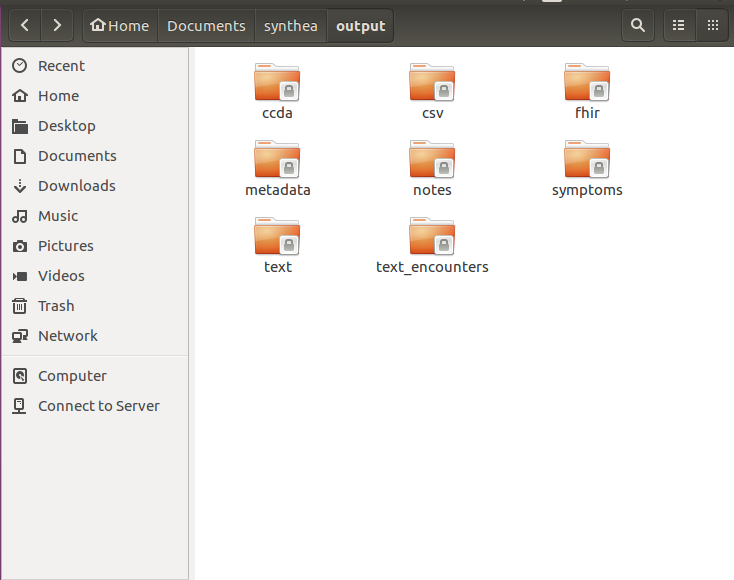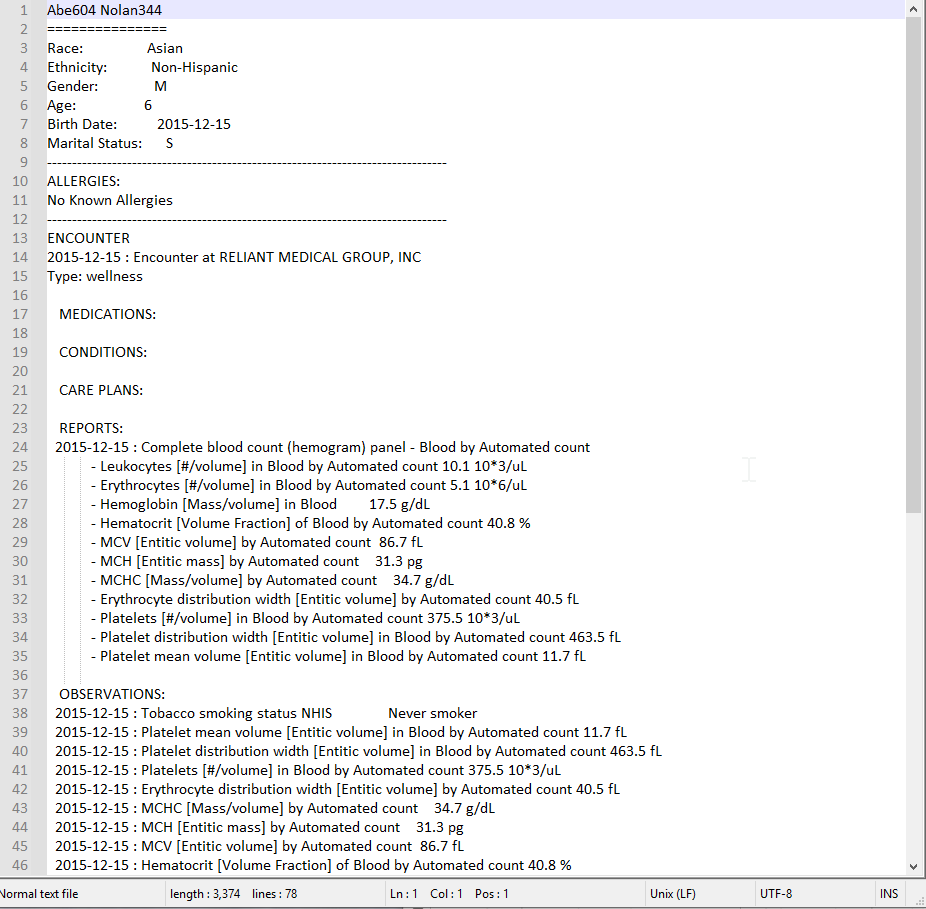3 minutes
Using Synthea™ to create pediatric test data
Introduction
MITRE created the open-source synthetic patient generator, Synthea™, as part of the Standard Health Record Collaborative. I will not explain the technology and model used by Synthea™ since subject matter experts have written extensively about it (Walonoski, et al., 2020; Walonoski, et al., 2018). Instead, I will provide a basic explanation of Synthea™. Then I will detail how the tool can be used for creating pediatric test records.
Background
Synthea™ generates a longitudinal medical history for synthetic patients. MITRE has developed a flexible and low-cost solution with reduced privacy liability. Just as important, the tool works off a model informed by clinicians and real-world statistics collected by the CDC, NIH, and other research sources.
Creating pediatric test records
How can pediatric centric developers use Synthea™ to produce a limitless supply of synthetic patients? Developers can use the age range parameter to restrict patient age between 0 and 21 years old. The resulting set of test records will contain well-child visits and other encounters for a pediatric defined patient. Synthea™ associates realistic medical history data to each of these encounters.
Developers can find setup instructions and parameter information on the Synthea™ Github site (Walonoski, 2021). Figure 1 shows an example command creating pediatric records.
sudo ./run_synthea -a 0-21 -c home/gary/Documents/Synthea/settings/pediatrics.properties
Figure 1
Synthea™ command with parameters

The -a parameter defines the age range for patient history. The age parameter allows the user to synthesize pediatric patients. In addition, the example uses the -c parameter to point to a properties file. An example properties file can be found here. I have changed the following parameters in the properties file to generate 100 living patients with a medical history spanning 21 years.
exporter.years_of_history = 21
generate.default_population = 100
generate.only_alive_patients = true
The command exported 100 test patient files to the “output” folder in a reader friendly text format. Developers can also export patient records in standard formats like FHIR and CCDA.
Figure 2
Exported pediatric test patients

Figures 3 and 4 show two examples of record content. The patient summary record in figure 3 includes the medical history listed in standard sections.
Figure 3
Sample patient record in summary format

Figure 4 shows the same record exported according to encounter. Synthea™ defines them as wellness encounters and codes them as well-child visits in standard format versions.
Figure 4
Sample patient record by encounter format

Summary
Developers can easily create synthetic test patients for pediatric environments using Synthea™. I will follow up with a post with a simple source code modification to change the scheduling of the well-child visits for these test records. The modification and subsequent build allows developers to test compliance to pediatric well-child visit scheduling.
References
FAMIA, R. H. M. F. A.-C. (2020, December 15). Synthea: Do-It-Yourself Data. Medium. https://rehoyt.medium.com/synthea-do-it-yourself-data-6ebe4d850db6
Synthetic Health Data Generation to Accelerate Patient-Centered Outcomes Research | HealthIT.gov. (n.d.). Retrieved May 17, 2022, from https://www.healthit.gov/topic/scientific-initiatives/pcor/synthetic-health-data-generation-accelerate-patient-centered-outcomes
Walonoski, J., Klaus, S., Granger, E., Hall, D., Gregorowicz, A., Neyarapally, G., Watson, A., & Eastman, J. (2020). SyntheaTM Novel coronavirus (COVID-19) model and synthetic data set. Intelligence-Based Medicine, 1–2, 100007. https://doi.org/10.1016/j.ibmed.2020.100007
Walonoski, J. (2021). Basic Setup and Running · synthetichealth/synthea Wiki · GitHub. Retrieved May 17, 2022, from https://github.com/synthetichealth/synthea/wiki/Basic-Setup-and-Running
Walonoski, J., Kramer, M., Nichols, J., Quina, A., Moesel, C., Hall, D., Duffett, C., Dube, K., Gallagher, T., & McLachlan, S. (2018). Synthea: An approach, method, and software mechanism for generating synthetic patients and the synthetic electronic health care record. Journal of the American Medical Informatics Association: JAMIA, 25(3), 230–238. https://doi.org/10.1093/jamia/ocx079
579 Words
2022-05-25 00:00